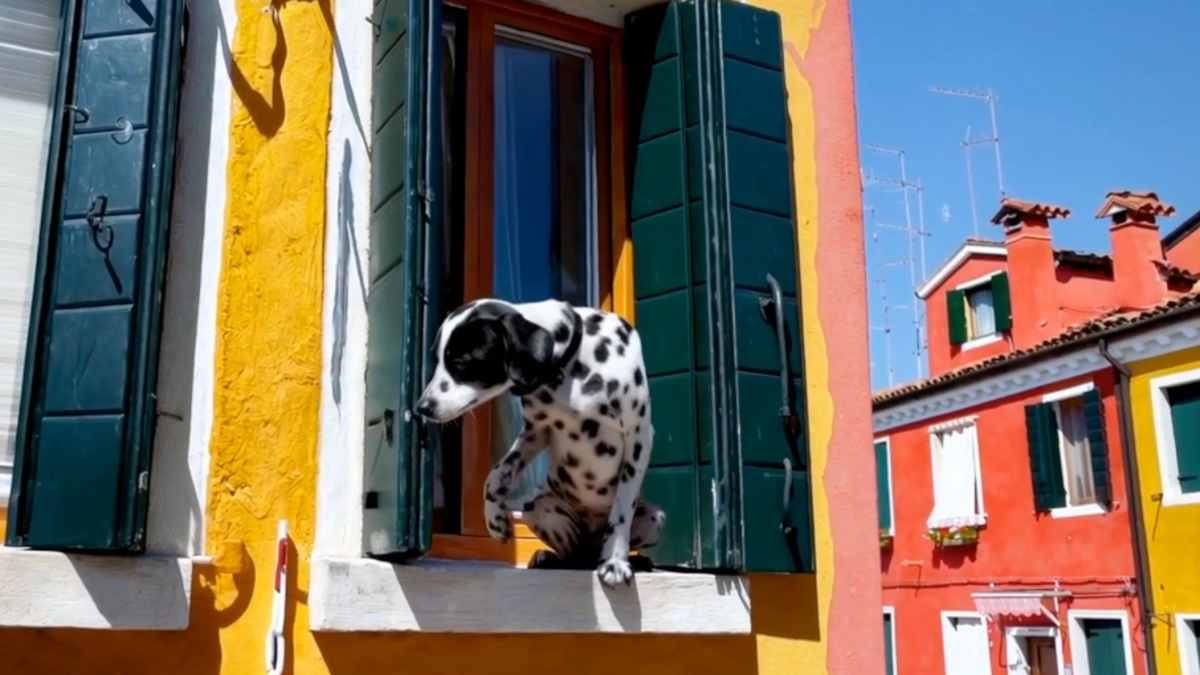OpenAI’s Sora is slated for a 2024 release, meaning we’re just months away from hyperrealistic AI video. Sora seems poised to change the video world, in the same way AI image generators have changed the graphic design world. Midjourney, Stable Diffusion, and Dall-E have blurred the lines between real and fake images, and the same thing is about to happen in video.
Sora’s videos are both incredible and concerning. Sora is above and beyond any current AI video generators, which feel more like stop-motion reels than true videos. OpenAI has achieved a level of fluidity in Sora that makes the videos feel real. As for animated videos, Sora seems to be even more advanced, producing Pixar-quality videos in just a matter of minutes.
We still don’t know what Sora was trained on, and apparently, OpenAI Chief Technology Officer Mira Murati doesn’t either. In an interview with the Wall Street Journal on Wednesday, Murati said she didn’t know whether Sora was trained on YouTube, Instagram, or Facebook videos. Several active lawsuits claim OpenAI used protected intellectual property to build its AI models, so the training data for Sora is an important issue.
OpenAI says Sora should be thought of as a tool for video creators, allowing filmmakers, video game engineers, and animators to do more. Some have speculated Sora could take jobs away from those in the film industry, but it remains to be seen how this will be used in the real world.
So far, OpenAI has shared dozens of videos showcasing the best of Sora’s abilities on TikTok. The public will not get access until later in 2024, but the early demos of OpenAI’s AI-generated videos are startling, yet breathtaking. Here’s a taste of what we’re in for later this year.


